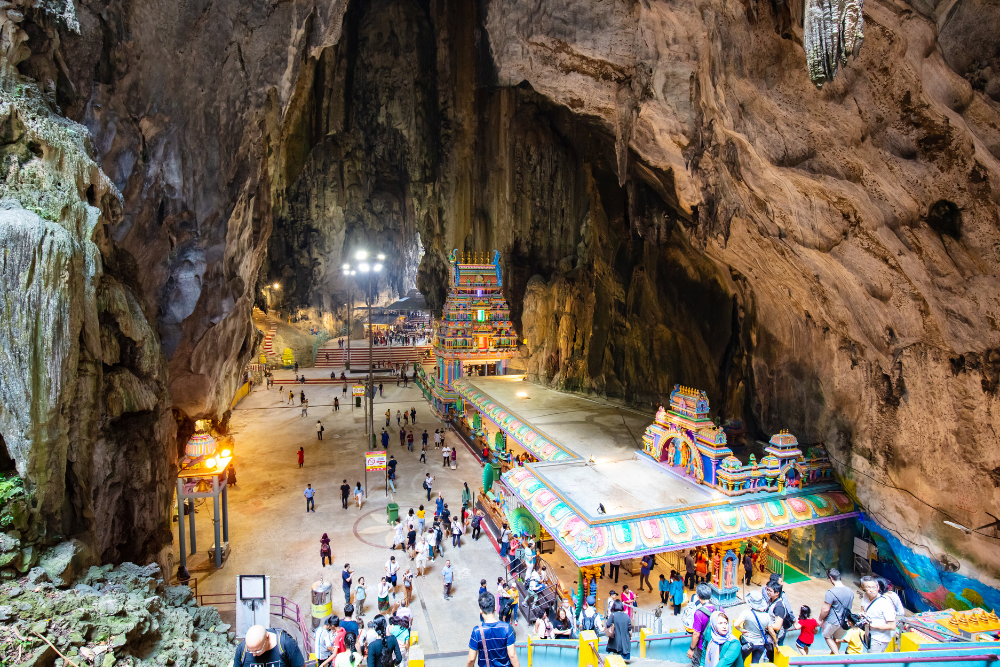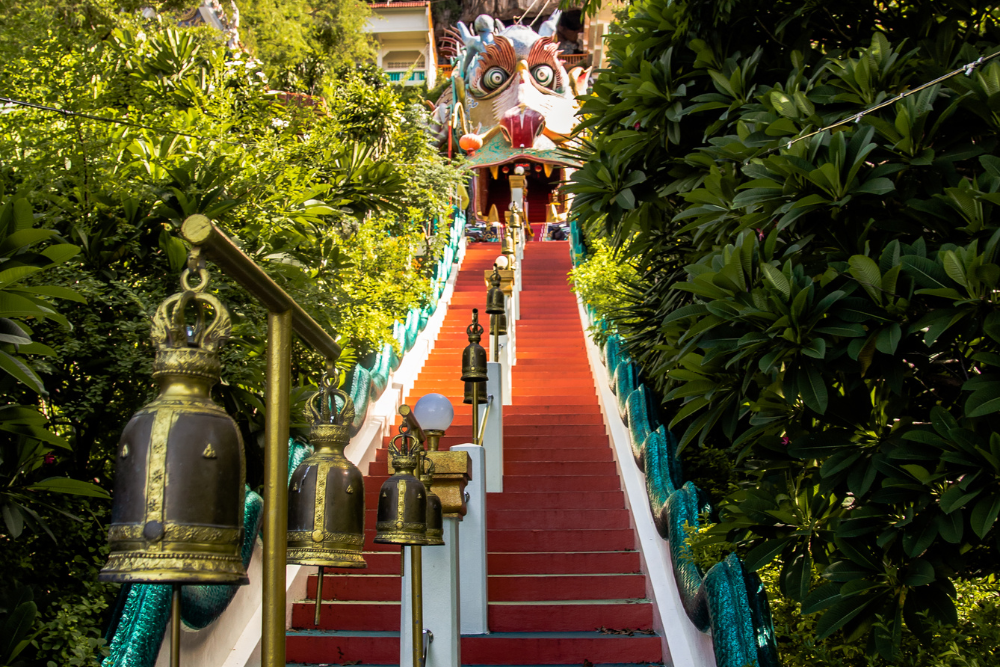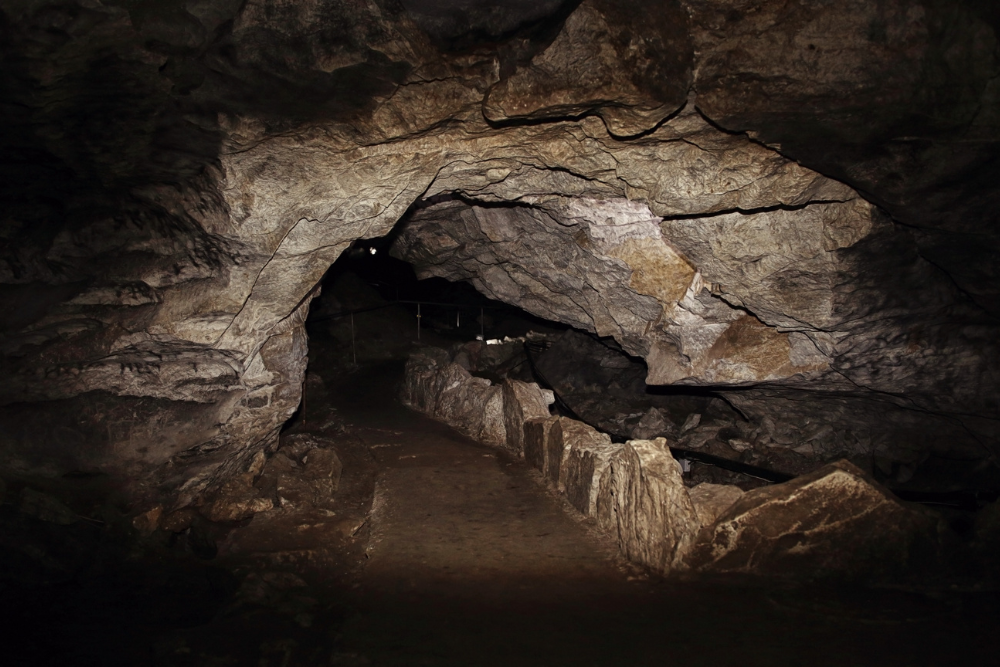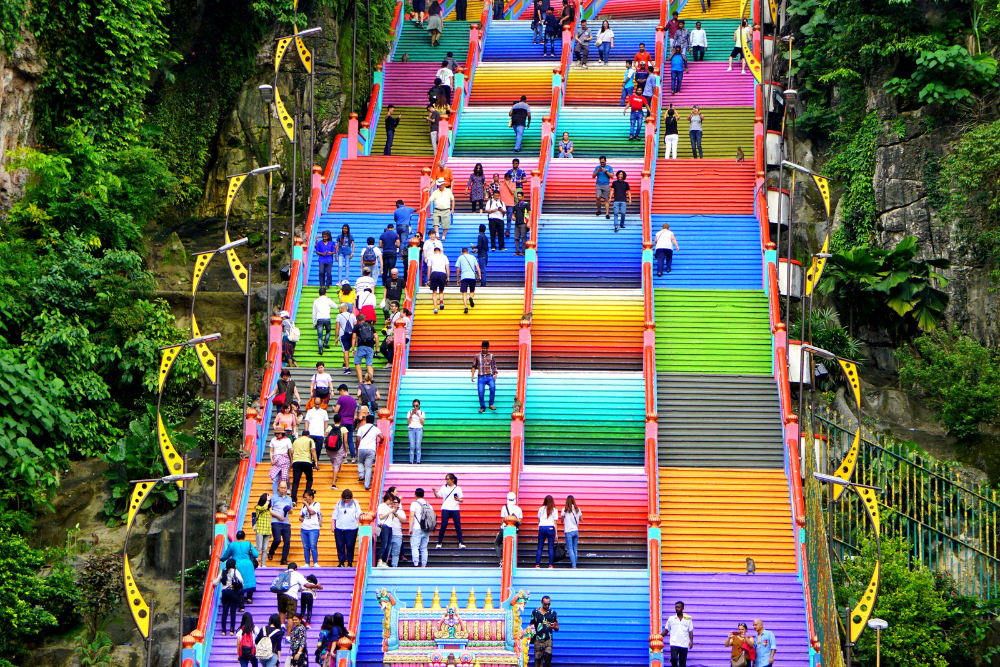Nestled just 13 kilometers north of Kuala Lumpur, the Batu Caves are one of Malaysia’s most iconic landmarks, offering a unique combination of cultural, spiritual, and adventure experiences. This limestone hill, home to a series of caves and temples, has been a significant religious site for over a century and attracts thousands of visitors each year, both for its historical significance and the stunning natural beauty surrounding it.
Whether you’re a spiritual seeker, an adventure enthusiast, or someone simply looking to explore the local culture, a trip to the Batu Caves is a must-do when visiting Malaysia. In this blog, we’ll take you on a journey through the spiritual and adventurous aspects of the Batu Caves, providing insight into its history, the must-visit spots, and essential tips to make the most out of your visit.
A Brief History of the Batu Caves
The Batu Caves have a rich cultural and religious history that dates back to the 19th century. The caves were originally discovered in 1859 by a British trader named William Hornaday, but they became more prominent in 1859 when a Hindu merchant named K. Thamboosamy Pillai decided to dedicate the caves to the Hindu deity Lord Murugan. Lord Murugan, also known as Kartikeya, is the god of war and victory, and his temple, located in the largest of the Batu Caves, remains a focal point of worship for Hindus.
The Batu Caves complex consists of a series of caves that house several Hindu shrines and temples. The main cave, known as the Temple Cave, is the most famous, with its towering golden statue of Lord Murugan standing at the entrance and its intricate interior, adorned with colorful paintings and religious artifacts. In addition to being a place of worship, the Batu Caves have become a popular tourist attraction due to their awe-inspiring natural beauty and the sense of tranquility they offer to visitors.
The Iconic Lord Murugan Statue
One of the first things you’ll notice when you approach the Batu Caves is the massive statue of Lord Murugan, which stands at an astounding 42.7 meters (140 feet) tall. This towering golden statue is the second tallest statue of a Hindu deity in the world and is an awe-inspiring sight that marks the entrance to the Batu Caves. The statue was completed in 2006 and has since become a symbol of not only the Batu Caves but also of Hinduism in Malaysia.
Visitors often marvel at the grandeur of the statue, which is visible from a distance and serves as a welcoming beacon for all who come to visit the caves. The statue is adorned with intricate details, and its scale is truly breathtaking when seen up close. Many people take the time to snap photographs and marvel at the statue before climbing the 272 steps that lead to the main temple cave.
Tip: Don’t forget to take a moment to appreciate the surrounding scenery, including the lush greenery and towering limestone cliffs that form the backdrop to the statue.
Climbing the 272 Steps to the Temple Cave
The Batu Caves are perched high on a limestone hill, and to reach the main Temple Cave, visitors must climb a series of 272 steps. The climb can be quite challenging, especially in the tropical heat, but the effort is well worth it. As you ascend the steps, you’ll be surrounded by vibrant statues, colorful murals, and lush greenery. Keep an eye out for the mischievous long-tailed macaques that often make their way up the stairs, and be cautious of your belongings, as these cheeky monkeys are known to snatch food and shiny objects.
Along the way, there are several resting spots where you can catch your breath and enjoy the view. The higher you climb, the more stunning the panoramic view becomes, offering a bird’s-eye view of the surrounding Batu Caves complex and the city beyond.
Once you reach the top, you’ll be rewarded with breathtaking views and the serenity of the Temple Cave, where Hindu devotees come to worship Lord Murugan. The cave itself is adorned with statues of Hindu deities, intricate carvings, and colorful paintings that depict scenes from Hindu mythology. The space is peaceful, and the reverence of the temple creates a reflective atmosphere, making it an ideal place for prayer or contemplation.
Tip: It’s important to dress modestly when visiting the Batu Caves as it is a religious site. If you’re wearing shorts or sleeveless clothing, a sarong or shawl can be rented at the base of the stairs.
Other Caves and Attractions at Batu Caves
While the Temple Cave is the main attraction, the Batu Caves complex offers several other caves worth exploring. Here are some of the key caves you can visit during your trip:
- The Museum and Art Gallery: Located at the base of the Batu Caves, the Museum and Art Gallery feature a collection of Hindu statues, paintings, and artifacts. This space provides visitors with deeper insight into Hinduism and the cultural significance of the Batu Caves.
- The Dark Cave: One of the more adventurous attractions in the Batu Caves complex, the Dark Cave is a limestone cave that requires a guided tour to explore. Inside, you’ll encounter unique rock formations, as well as a diverse range of wildlife, including rare species of bats and insects. The tour guides share fascinating details about the cave’s ecosystem, making it an educational and thrilling experience for nature lovers.
- Cave Villa: Located just below the Temple Cave, the Cave Villa is an interesting spot to explore, featuring statues and displays that showcase Hindu mythology and the deities worshipped in the caves. The Cave Villa also has beautiful gardens with lotus ponds, creating a serene environment to relax and enjoy nature.
- The Ramayana Cave: This cave, located near the main temple, is dedicated to the Hindu epic Ramayana. It houses a series of life-sized statues that depict scenes from the story of Lord Rama, making it an educational and visually striking stop for visitors interested in learning more about Hindu mythology.
The Batu Caves during Thaipusam
While the Batu Caves can be visited year-round, the most significant time to visit is during the Thaipusam festival, which typically occurs in January or February. Thaipusam is a Hindu festival dedicated to Lord Murugan and is celebrated with great fervor at the Batu Caves.
During this time, the Batu Caves become a hub of activity, with thousands of devotees making their way up the 272 steps as part of a spiritual pilgrimage. The festival is known for its colorful processions, devotion, and rituals, with some devotees carrying kavadis (decorated structures) as an offering to Lord Murugan. The sight of these vibrant celebrations, along with the sense of devotion and community, makes Thaipusam a unique and unforgettable time to visit the Batu Caves.
Tip: If you plan to visit during Thaipusam, be prepared for large crowds, as the festival is one of the biggest Hindu celebrations in Malaysia.
Tips for Visiting the Batu Caves
- Wear Comfortable Clothing and Footwear: The 272-step climb to the Temple Cave can be physically demanding, so wear comfortable shoes and breathable clothing, especially if you’re visiting in the hot weather.
- Stay Hydrated: The tropical heat can be intense, so make sure to bring plenty of water to stay hydrated during your visit.
- Respect the Religious Site: As the Batu Caves are an important Hindu temple, remember to behave respectfully and follow any guidelines or rules set by the site.
- Arrive Early: To avoid the crowds, it’s best to arrive early in the morning, especially if you want to take photographs or enjoy the caves in peace.
Conclusion: A Must-Visit Experience in Malaysia
Visiting the Batu Caves is a truly unique experience that combines spirituality, adventure, and cultural exploration. Whether you’re climbing the 272 steps to the Temple Cave, admiring the massive statue of Lord Murugan, or discovering the hidden treasures of the Dark Cave and Museum, this iconic site offers something for everyone. Its rich religious significance, stunning natural beauty, and fascinating history make it one of Malaysia’s must-visit attractions.
Whether you’re seeking spiritual enlightenment, adventure, or simply an unforgettable experience, the Batu Caves will leave you with lasting memories and a deep appreciation for Malaysia’s cultural and natural heritage.












